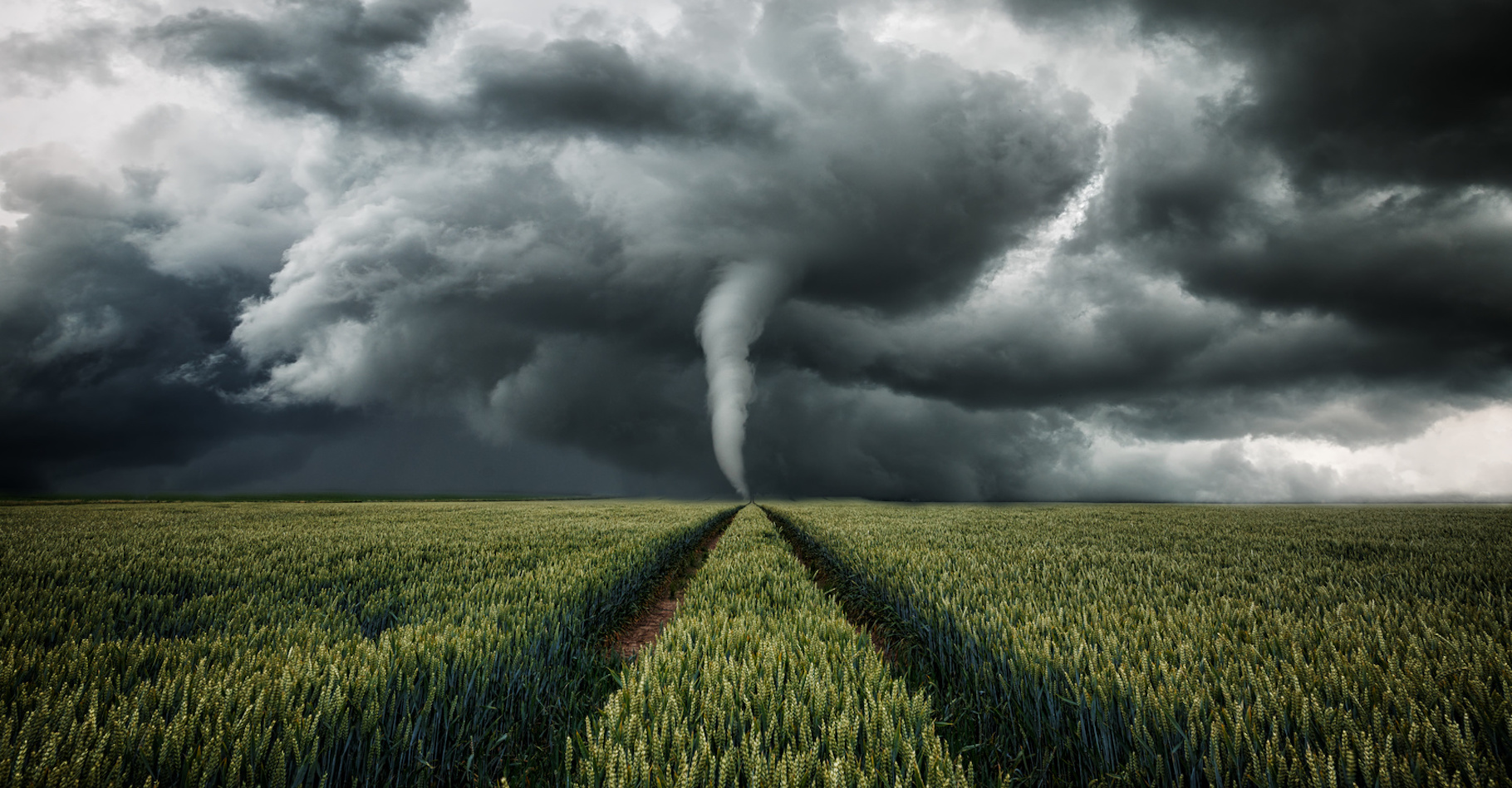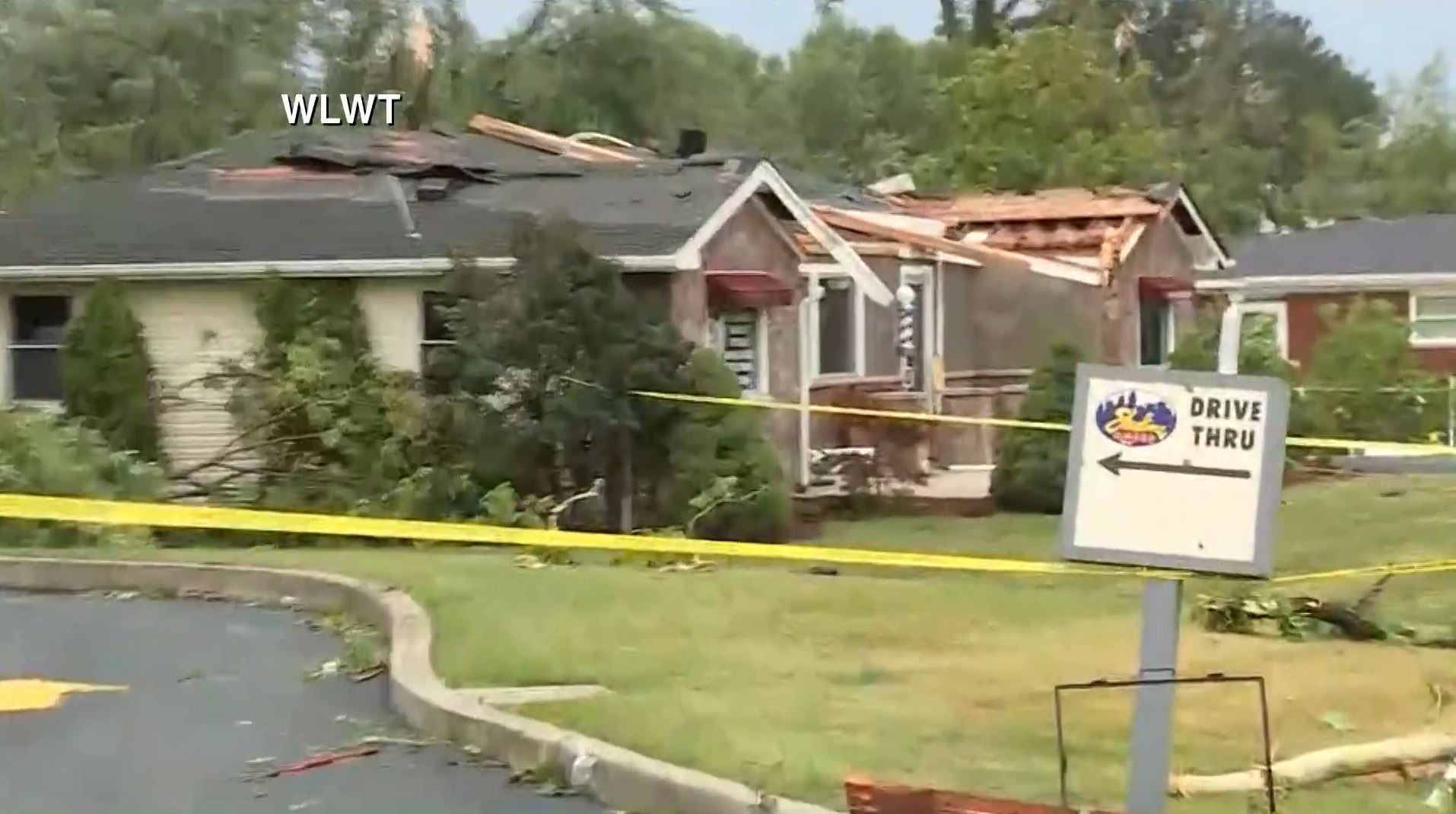Historical Patterns and Trends

Posibilidad de tornado – Tornadoes, violent rotating columns of air, have been a recurring phenomenon in this region throughout history. Analyzing historical data reveals patterns and trends that shed light on their occurrence and behavior.
The region experiences a distinct seasonal variation in tornado activity, with the peak season typically occurring during the spring and early summer months. This period coincides with the frequent passage of strong cold fronts and the availability of warm, moist air from the Gulf of Mexico. These conditions create an environment favorable for the formation of supercell thunderstorms, which are often associated with tornadoes.
Contributing Factors, Posibilidad de tornado
- Atmospheric Instability: High levels of atmospheric instability, measured by parameters such as CAPE (Convective Available Potential Energy) and LI (Lifted Index), provide the energy necessary for tornado formation.
- Vertical Wind Shear: Changes in wind direction and speed with height create wind shear, which helps organize thunderstorm updrafts and can contribute to tornado development.
- Low-Level Moisture: Abundant moisture near the surface provides the raw material for thunderstorm clouds and supports the formation of strong updrafts.
Climate Change Impact
Climate change is expected to influence tornado activity in complex ways. While some studies suggest an increase in tornado frequency and intensity due to rising temperatures and changes in atmospheric circulation, others indicate a possible decrease in overall tornado occurrence. Ongoing research aims to refine these projections and better understand the potential impacts of climate change on this hazardous weather phenomenon.
Risk Assessment and Preparedness: Posibilidad De Tornado

Understanding the risk of tornadoes and developing effective preparedness plans are crucial for mitigating their devastating impacts. This involves assessing tornado vulnerability and implementing comprehensive emergency protocols.
Tornado Risk Assessment
Assessing tornado risk involves identifying areas prone to tornadoes, evaluating the vulnerability of structures, and determining the potential impact of tornadoes on communities. This can be achieved through:
- Historical Data Analysis: Studying historical tornado records to identify areas with high tornado frequency and intensity.
- Meteorological Factors: Analyzing atmospheric conditions, such as wind shear and instability, that favor tornado formation.
- Structural Vulnerability Assessment: Evaluating the resilience of buildings and infrastructure to tornado forces, considering factors like construction materials, design, and age.
Emergency Planning and Evacuation
Developing comprehensive emergency plans and evacuation procedures is essential for effective tornado preparedness. These plans should Artikel:
- Early Warning Systems: Implementing systems to provide timely warnings of impending tornadoes, such as weather sirens, mobile alerts, and community notification networks.
- Evacuation Routes: Identifying safe evacuation routes and designated shelters for residents to seek refuge.
- Communication Protocols: Establishing clear communication channels for emergency response teams, public officials, and the community.
Early Warning Systems and Community Education
Early warning systems play a critical role in providing sufficient lead time for individuals to take protective actions. These systems should be regularly tested and maintained to ensure reliability.
Community education is equally important for raising awareness about tornado risks, promoting preparedness measures, and encouraging individuals to seek shelter when warnings are issued. Educational campaigns can include:
- Public Service Announcements: Disseminating information about tornado safety through radio, television, and social media.
- School Programs: Incorporating tornado preparedness into school curricula, conducting drills, and providing age-appropriate educational materials.
- Community Outreach: Organizing community meetings, workshops, and demonstrations to engage residents and foster a culture of preparedness.
Posibilidad de tornado es un fenómeno meteorológico que puede ser muy peligroso. Para mantenerse informado sobre las condiciones climáticas en su área, es esencial consultar un sitio web de pronóstico del tiempo confiable. Un recurso valioso es evansville weather , que proporciona información actualizada sobre las condiciones climáticas locales, incluidas las advertencias de tornado.
The possibility of a tornado looms, a celestial dance of destruction. Where is Beryl now, where is beryl now ? Her path unknown, her fury a mystery. The heavens hold their breath, awaiting her next move. As the storm rages, the tornado’s potential grows, a reminder of nature’s unyielding power.